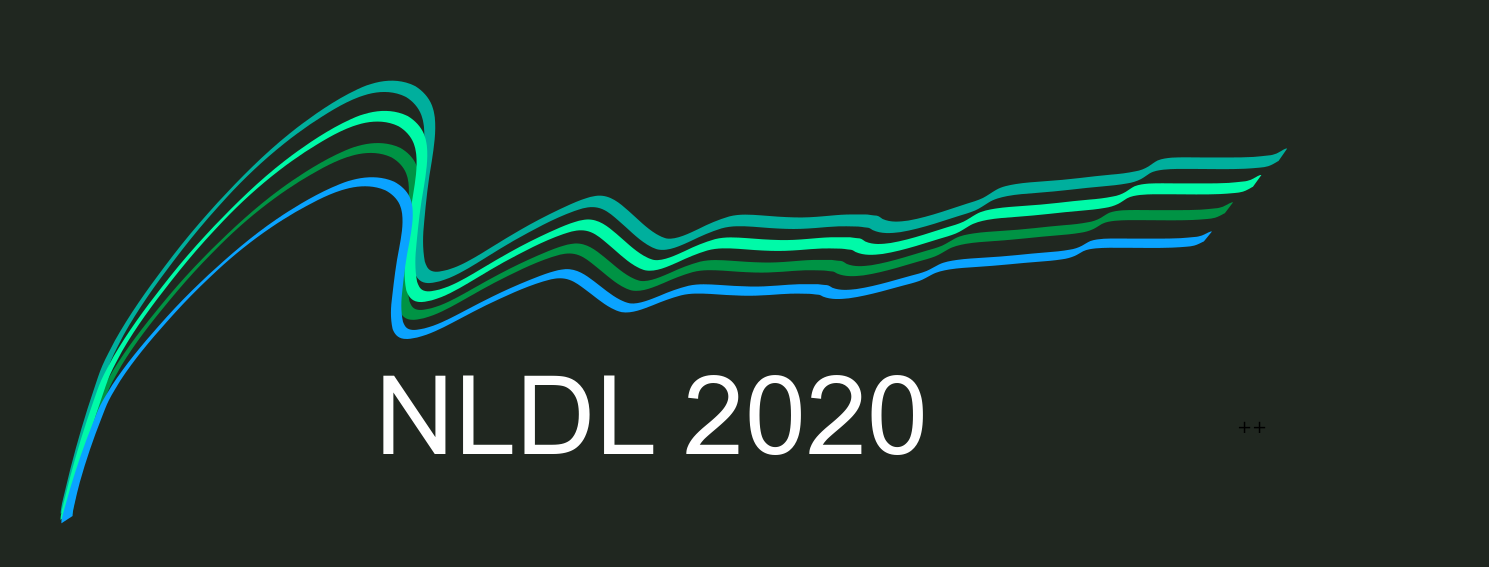Generative Adversarial Immitation Learning for Steering an Unmanned Surface Vehicle
DOI:
https://doi.org/10.7557/18.5147Keywords:
Imitation Learning, Deep Learning, USV, Reinforcement Learning, Inverse Reinforcement LearningAbstract
The task of obstacle avoidance using maritime vessels, such as Unmanned Surface Vehicles (USV), has traditionally been solved using specialized modules that are designed and optimized separately. However, this approach requires a deep insight into the environment, the vessel, and their complex dynamics. We propose an alternative method using Imitation Learning (IL) through Deep Reinforcement Learning (RL) and Deep Inverse Reinforcement Learning (IRL) and present a system that learns an end-to-end steering model capable of mapping radar-like images directly to steering actions in an obstacle avoidance scenario. The USV used in the work is equipped with a Radar sensor and we studied the problem of generating a single action parameter, heading. We apply an IL algorithm known as generative adversarial imitation learning (GAIL) to develop an end-to-end steering model for a scenario where avoidance of an obstacle is the goal. The performance of the system was studied for different design choices and compared to that of a system that is based on pure RL. The IL system produces results that indicate it is able to grasp the concept of the task and that in many ways are on par with the RL system. We deem this to be promising for future use in tasks that are not as easily described by a reward function.References
P. Abbeel and A. Y. Ng. Apprenticeship learning via inverse reinforcement learning. In Proceedings, Twenty-First International Conference on Machine Learning, ICML 2004, pages 1–8, 2004. https://ai.stanford.edu/~ang/ papers/icml04-apprentice.pdf.
M. Bojarski, P. Yeres, A. Choromanska, K. Choromanski, B. Firner, L. D. Jackel, and U. Muller. Explaining how a deep neural network trained with end-to-end learning steers a car. CoRR, abs/1704.07911, 2017.
Y. Cheng and W. Zhang. Concise deep reinforcement learning obstacle avoidance for underactuated unmanned marine vessels. Neurocomputing, 272:63–73, 2018.
I. Goodfellow, Y. Bengio, and A. Courville. Deep Learning. MIT Press, 2016. http://www. deeplearningbook.org.
I. Goodfellow, J. Pouget-Abadie, M. Mirza, B. Xu, D. Warde-Farley, S. Ozair, A. Courville, and Y. Bengio. Generative adversarial nets. Advances in Neural Information Processing Systems, 27:2672–2680, 2014. https://arxiv.org/ abs/1406.2661.
J. Ho and S. Ermon. Generative adversarial imitation learning. CoRR, 2016.
J. Kober, J. A. Bagnell, and J. Peters. Reinforcement learning in robotics: A survey. International Journal of Robotics Research, 32(11):1238–1274, 2013.
S. Levine, C. Finn, T. Darrell, and P. Abbeel. End-to-end training of deep visuomotor policies. Journal of Machine Learning Research, 17, 2016.
T. P. Lillicrap, J. J. Hunt, A. Pritzel, N. Heess, T. Erez, Y. Tassa, D. Silver, and D. Wierstra. Continuous control with deep reinforcement learning. arXiv preprint arXiv:1509.02971, 2015.
A. B. Martinsen and A. M. Lekkas. Straight path following for underactuated marine vessels using deep reinforcement learning. IFAC- PapersOnLine, 51(29):329–334, 2018.
V. Mnih, K. Kavukcuoglu, D. Silver, A. A. Rusu, J. Veness, M. G. Bellemare, A. Graves, M. Riedmiller, A. K. Fidjeland, G. Ostrovski, S. Petersen, C. Beattie, A. Sadik, I. Antonoglou, H. King, D. Kumaran, D. Wierstra, S. Legg, and D. Hassabis. Human-level control through deep reinforcement learning. Nature, 518(7540):529– 533, 2015.
J. Schmidhuber. Deep learning in neural networks: An overview. Neural Networks, 61:85–117, 2015. https://doi.org/10.1016/j.neunet.2014.09.003.
J. Schulman, S. Levine, P. Moritz, M. I. Jordan, and P. Abbeel. Trust region policy optimization. CoRR, 2015.
D. Silver, A. Huang, C. J. Maddison, A. Guez, L. Sifre, G. Van Den Driessche, J. Schrittwieser, I. Antonoglou, V. Panneershelvam, M. Lanctot, S. Dieleman, D. Grewe, J. Nham, N. Kalchbrenner, I. Sutskever, T. Lillicrap, M. Leach, K. Kavukcuoglu, T. Graepel, and D. Hassabis. Mastering the game of go with deep neural networks and tree search. Nature, 529(7587):484– 489, 2016.
R. S. Sutton and A. G. Barto. Reinforcement Learning: An Introduction, 2nd edition. MIT Press Ltd, 2017. [16] M. Wulfmeier, D. Z. Wang, and I. Posner. Watch this: Scalable cost-function learning for path planning in urban environments. In 2016 IEEE/RSJ International Conference on Intelligent Robots and Systems (IROS), pages 2089– 2095, 2016.
B. D. Ziebart, A. Maas, J. A. Bagnell, and A. K. Dey. Maximum entropy inverse reinforcement learning. In Proceedings of the National Conference on Artificial Intelligence, volume 3, pages 1433–1438, 2008. 2015.





